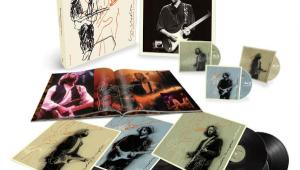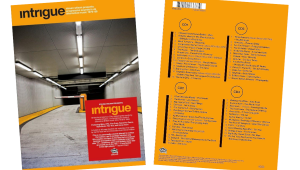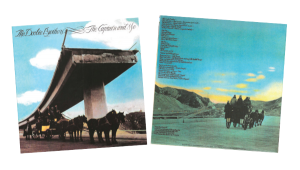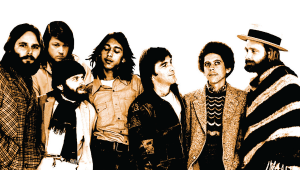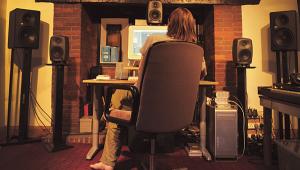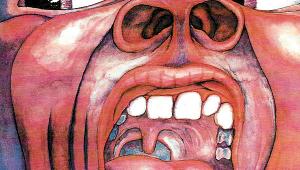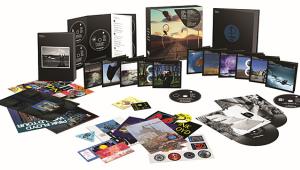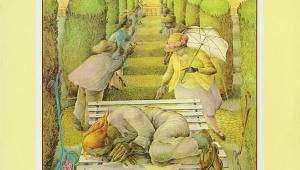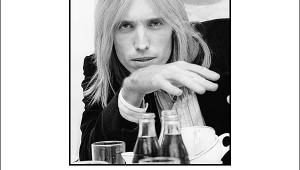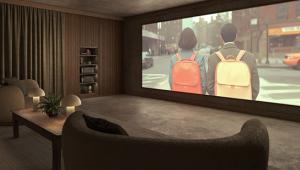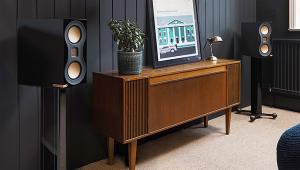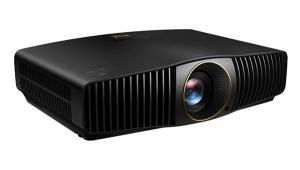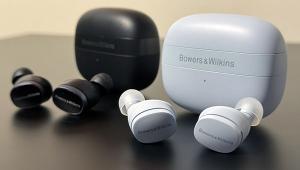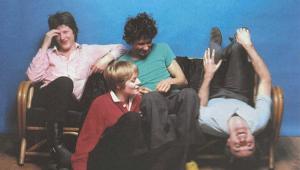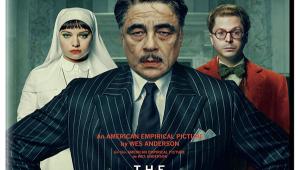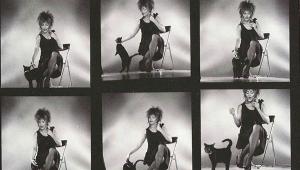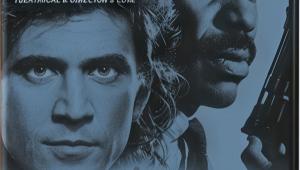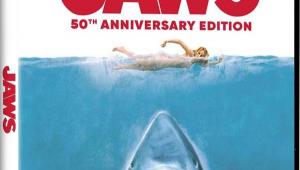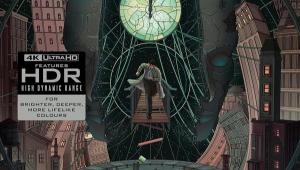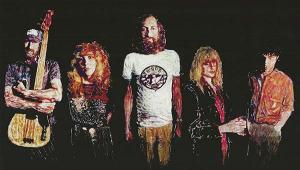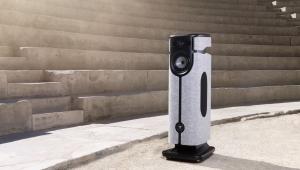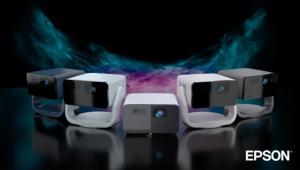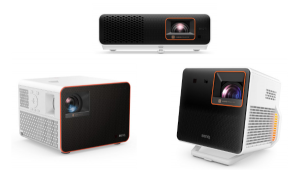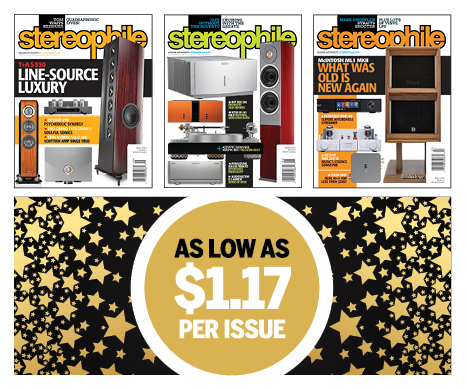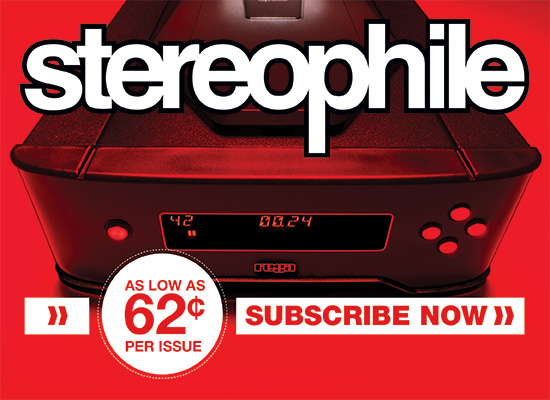Talking Heads: More Songs About Buildings and Food 3CD & 1BD Box Set

The box set review cavalcade continues! Following my recent reviews of a) Jack Bruce’s superb Harmony Row 2CD/2BD box set that posted here on July 24, 2025, and b) Tina Turner’s uber-thrilling Private Dancer 5CD/1BD box set that posted here on July 26, 2025, I wanted to c) next cover a box that includes Dolby Atmos—and today’s expanded collection includes an exciting mix that fits that 360-degree bill quite nicely. Subtitle this one, “Take me to the river, and drop me in the Atmos”. . .

TALKING HEADS
MORE SONGS ABOUT BUILDINGS AND FOOD – SUPER DELUXE BOOK EDITION
3CD/1BD (Sire/Rhino)
Talking Heads’ second studio album on Sire, July 1978’s More Songs About Buildings and Food, received some quite-fulfilling Super Deluxe Edition love from Sire/Rhino just a few days ago on July 25, 2025, in multiple formats, all of which came out in conjunction with the Heads officially celebrating their own 50th anniversary this year. As I’ve noted elsewhere, this all-important Food collection expands upon a pivotal moment in the band’s evolution that also marked the first of three of their Sire albums produced with Brian Eno. (The other two are, of course, August 1979’s Fear of Music and October 1980’s Remain in Light.)
Chief among the Food box variances is a 3CD/1Blu-ray Super Deluxe Book Edition that features the remastered original album on CD1 and 11 rarities on CD2, including four previously unreleased alternate versions of various album tracks. One of those alternate versions, for “Found A Job,” can be seen in the official YouTube videoclip below.
CD3 in the box includes 19 songs captured live the band’s August 10, 1978, show at New York’s Entermedia Theatre. On the BD, footage of six tracks from that NYC concert along with footage of 11 tracks performed outside at Sproul Plaza at the University of California, Berkeley, also in 1978, are included. Even more importantly for the 360-degree-minded amongst us, the BD holds Dolby Atmos and DTS-HD Master Audio 5.1 surround sound mixes of the core album done by E.T. Thorngren and Heads’ bandmember Jerry Harrison.
This box also includes a 60-page bound-in book with a litany of rare and previously unseen photos, as well as new liner notes from all four bandmembers—bassist Tina Weymouth, drummer Chris Frantz, keyboardist/guitarist Jerry Harrison, and vocalist/guitarist David Byrne (listed here in order of how they appear in the contents). Heads fans will instantly recall how this book/box presentation mirrors the way the band and the Rhino team feted their debut album on Sire, September 1977’s Talking Heads 77, with a similar 3CD/1BD collection that was released just eight months prior, in November 2024.
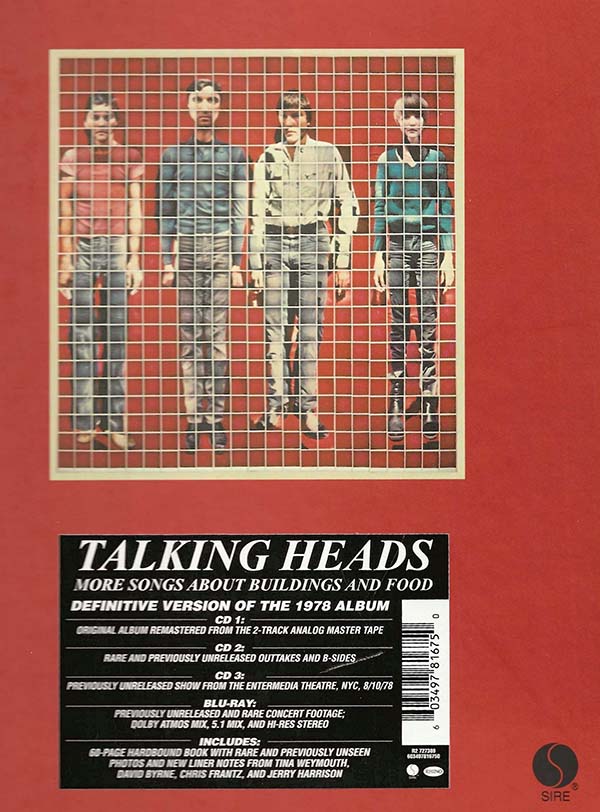
The SRP for the 3CD/1BD edition of More Songs About Buildings and Food is $79.98, and it is available from Music Direct here, as well as at the Heads’ own official site store here.
Now, if, like me, you are a Heads completist, you’ll want to get some (if not all) of the other versions of this release, starting with the More Songs About Buildings and Food 4LP box set ($124.99) that houses each black vinyl LP inside in its own plastic-lined, audiophile-grade inner sleeve. Other Food options include a Heads site-exclusive expanded version of that 4LP collection with reproductions of four rare original 45rpm singles from the original release period ($174.98); a slimmed-down 2LP option with the original studio album and a second disc of alternate takes that also includes the above-noted bonus singles ($74.98); and a 2LP black vinyl version sans the bonus singles ($34.98). Any/all of those editions can be obtained via the Heads’ official site. (As with the 77 re-release, no standalone jewelbox or digipak CD reissue has been made available, or even planned/announced, for Food.)

Naturally, I had to have the 4LP edition as well (which I covered over on our sister site Analog Planet here, on June 4, 2025), and I can attest to just how special those eight sides of listening pleasure are if you’re analog-centric, 2-channel inclined. The size of that 4LP box is 12.83 x 2 x 12.83in (w/h/d), so it will fit nicely alongside the previous release in this series, the aforementioned Talking Heads 77 4LP box (which I reviewed over on AP here, on November 8, 2024).
The only knock I have with this particular configuration is that none of the four spines on the Food box list the band name or album title. While I do understand the thought process behind keeping the art-school design aesthetic uniform, you’re still asking consumers/collectors like us who shell out the big coin and have to shelve scores of boxes like these amongst other similar-size collections to remember in a heartbeat that “okay, 77 is orange, and Food is magenta.” I suspect that, as this most excellent reissue series continues, the spines-sans-type trend will continue with these LP boxes, so best to keep the expanded Heads vinyl catalog entries all shelved together if you can.
That said, I am pleased that the pair of multi-CD/BD book versions of the Heads’ box sets do have that all-important band name/album title spinal info on them—so far, anyway. The Food book, like its 77 companion, measures 9.17 x 0.75 x 12.25in (w/h/d), a size that mirrors some, though not a whole lot, of slimline boxes of similar ilk, so you will have to clear shelf space accordingly for ’em—especially if, as I alluded to above, this fine reissue series continues with the Heads’ next album, August 1979’s Fear of Music. (Early bets on whether the spinal color for the Fear LP box-to-come will be textured black or flat black, and/or if it will include a hue of pale neon green.)

The linchpin of the Food CD/BD box is, duh, the BD with the new Thorngren/Harrison Atmos mixes and live concert footage. “Okay, here we go,” Byrne says while facing Frantz and getting his bearings at the outset of the SF show—and besides the immediate thought of “dang, everybody looks so young in their basic, solid-color shirts!”—it’s pure joy to have these outdoor (and indoor, at the NYC gig) visuals to see how such formative-years songs are evolving in real time.
The Atmos mix for the core Food album is a beyond-fascinating update of the 5.1 mixes Thorngren and Harrison did for what’s affectionately known as the Heads’ “white plastic brick” two decades ago. In said Brick, all eight of the Heads’ studio albums appear on DualDisc (hands up from those who remember that thankfully retired format!) with the remastered stereo mix on the CD side, and 24-bit/96kHz 5.1 surround mixes on the other, DVD-A side, along with a smattering of bonus alternate mixes per album. (Each DualDisc in that good ol’ Brick was subsequently released individually. The Brick itself is available for a relatively substantial price on Discogs, but worth having if you don’t own any/all of the Heads DDs, which, yes, you can get one by one—but it’ll cost you!)

I had occasion to both quiz and praise Harrison briefly about those original 5.1 surround mixes during a press gathering in NYC around the time of its release back in 2005, though my esteemed colleague Ken Richardson got to share some real sitdown time with both E.T. and Jerry for a story about the Brick mixes that appeared here on S&V waaaay back on November 4, 2005.
As Harrison noted to Ken in that piece, one of his main goals with those 5.1 Heads mixes was to keep the band, quote, “playing upfront, but I tried to find some balance with the rear so that people feel they’re getting their money’s worth.” The lads did a fine job in doing so, especially on more experimental Heads albums like June 1983’s Speaking in Tongues—but if how they’ve updated both the less-dense recordings for 77 and Food in Atmos are any indication, we’re in for even more 360-degree treats as this reissue series continueth.
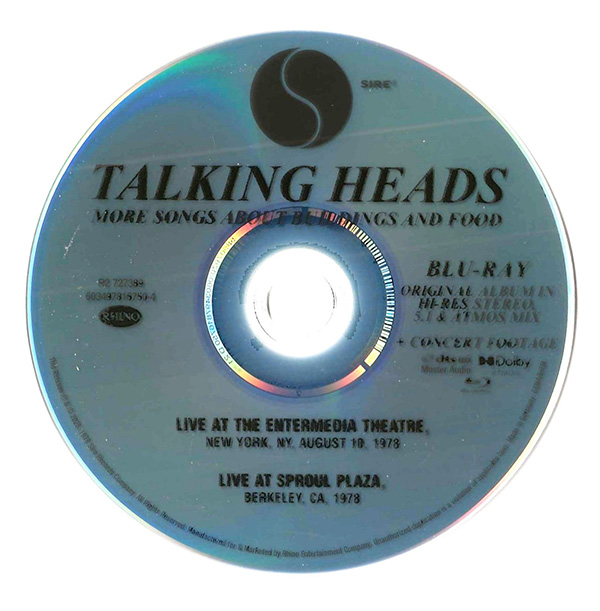
Here are but a few examples of how the Food Atmos mix is bigger, bolder, and better than the original 5.1. In the opening track, “Thank You for Sending Me an Angel,” Chris Frantz’s galloping drums hold down the fort right up the middle while David Byrne’s whooping ’n’ hollering lead vocals pan wide across the stage, replete with that more-than-slight touch of echo for depth. Acoustic guitar accents and percussion are present in the rear channels, and all of this track’s elements spread wider and fuller than we get in “just” the 5.1—which, mind you, is still an excellent mix option, but the Atmos show how much more of what’s there is there, without overwhelming the senses.
On “The Good Thing,” the backing vocals provided by Tina Weymouth and the so-called “Typing Pool” rise high in the rear channels while the piano accents and Byrne’s lead vocals climb into the ether in the height channels upfront—scale that’s simply not available in 5.1 to reach. Meanwhile, the clarity in the character of Frantz’s drum sound on “Warning Sign” might give you an “ah hah!” moment for how producer Brian Eno got a similar feel from drummer Larry Mullen Jr. here and there on U2’s November 1991 Island opus Achtung Baby (see “Tryin’ to Throw Your Arms Around the World”), while the tambourine hits in “The Girls Want to Be With the Girls” nestle quite nicely in the rear left quadrant on the breaks, as countered by wafty, ethereal keys. (“Watch where they go,” indeed.) The hi-hat work on “Artists Only” is high and wide, as the volume intensity also ebbs and flows, while the jangling guitarwork on “I’m Not in Love” is mainly over in the right-side quadrants—front, side, and back—not just for the comps, but also the gnarly solo as well.
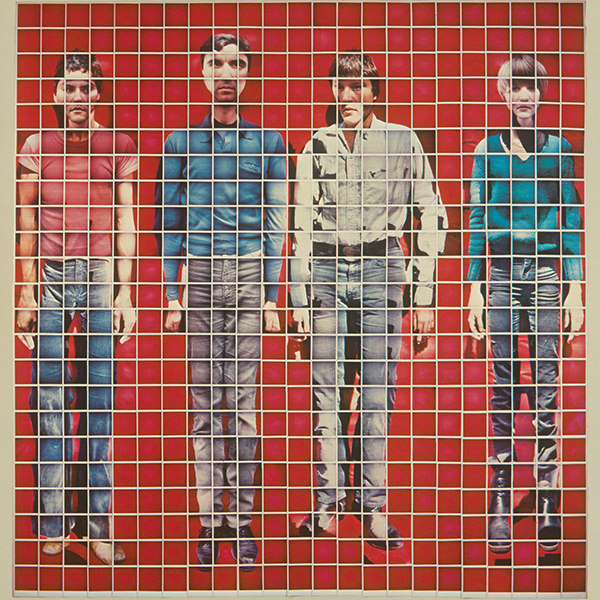
The real litmus is, naturally, “Take Me to the River,” the Heads’ hit cover of the 1974 Al Green/Mabon “Teenie” Hodges soul classic for which, at Eno’s suggestion, the band slowed the tempo down to give it an entirely different character. The way this Atmos mix is presented is what I call “diagonal resonance,” wherein the diagonally opposing quadrants play off each other naturally, given whatever musical information is in them as the song unfolds and shifts. Frantz has often praised Eno for capturing a signature, impactful snare sound on “River” that I wholly agree with—and it’s even more taut in Atmos—plus, I also love the full-channel organ break that simply owns the rears and especially the heights. I also marvel at the give-and-take with Byrne’s growly/guttural “ahh-unh-uh!” enunciations and the band’s volume-swelled accent-punches that follow them in the song’s back half. The character of the organ fade at the very end is also a nice touch.
I could go on, but Thorngren and Harrison have figured out how to enhance Talking Heads music in Atmos without gimmicks or denigration of the original stereo intent. Where the elements are placed and/or highlighted feel warranted, and earned. If they can do such things with the source material of More Songs About Buildings and Food, then I hope they can take it to the next full-channel level with the ever-more-involved songs that are ahead of them in Talking Heads’ historic, head-turning catalog.


